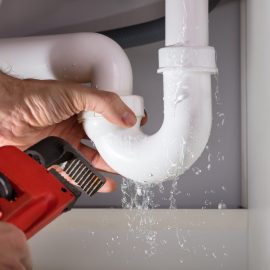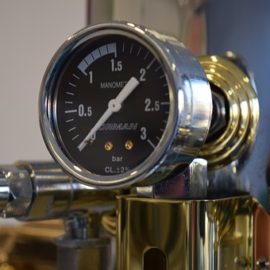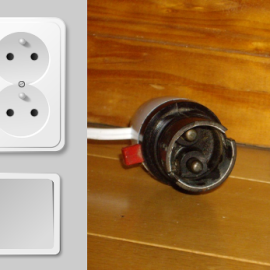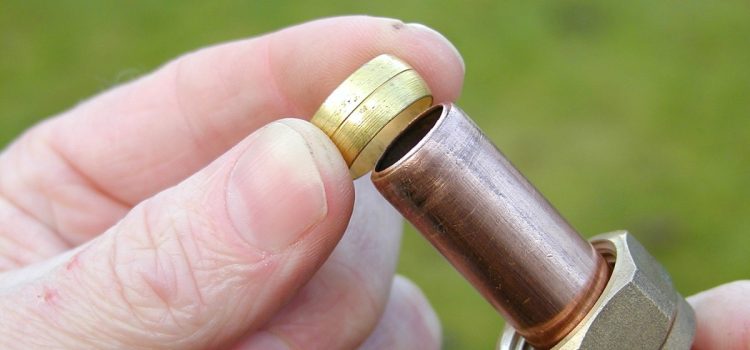
10 Essential Tips for Basic DIY Plumbing
Hey there, homeowner! Are you curious about the intricate world of plumbing and how it works? Whether you’re facing a minor plumbing issue or simply want to expand your knowledge, this comprehensive guide is here to help. In this straightforward and practical article, we’ll cover the basics of plumbing, equipping you with essential tips and insights to handle common plumbing problems with confidence. So, let’s dive in and unravel the mysteries of plumbing!
1. Know Your Plumbing System
Understanding the layout of your plumbing system is essential. Familiarize yourself with the main water shut-off valve and individual shut-off valves for fixtures like sinks and toilets. This knowledge will come in handy during emergencies or when performing repairs.
2. Handle Common Plumbing Emergencies
Be prepared for unexpected plumbing emergencies by knowing how to address common issues. Learn how to turn off the water supply quickly in case of a burst pipe or major leak. Additionally, familiarize yourself with solutions for clogged drains and toilets, such as using a plunger or drain snake.
3. Fixing Leaky Faucets
Leaky faucets not only waste water but also annoy homeowners. Fortunately, fixing them can be a relatively simple task. Start by turning off the water supply to the affected faucet, then disassemble the faucet and replace worn-out washers or seals. Following this step-by-step process will help restore your faucet’s functionality.
4. Unclogging Drains
Clogged drains can disrupt your daily routine, but fear not! You can tackle most minor drain clogs without professional help. Begin by using a plunger to create suction and dislodge the blockage. If that doesn’t work, try a drain snake or a mixture of baking soda and vinegar to break down the clog. Regular maintenance, such as using drain screens and avoiding pouring grease down the drain, can help prevent clogs.
5. Toilet Repairs
Toilet issues can cause frustration, but don’t panic! Many toilet problems can be fixed without calling a plumber. If your toilet is running continuously, adjust the flapper or float valve to restore proper functioning. A clogged toilet can often be cleared using a plunger or a toilet auger. Understanding the basic mechanisms of a toilet will empower you to troubleshoot and resolve common problems.
6. Maintaining Water Pressure
Low water pressure can be bothersome, but it doesn’t always require professional intervention. Check for clogged aerators in faucets and clean or replace them if necessary. If the issue persists, inspect the pressure regulator valve, which controls the water pressure entering your home. Adjusting or replacing this valve can restore proper water flow.
7. Insulating Pipes
Protecting your pipes from freezing during cold weather is crucial. Insulate exposed pipes in unheated areas, such as basements, crawl spaces, and attics, to prevent them from bursting. Use foam pipe insulation or heat tape to provide insulation and maintain consistent water flow.
8. Regular Maintenance
Preventive maintenance is key to avoiding major plumbing issues. Schedule regular inspections of your plumbing system to catch any potential problems early. Check for signs of leaks, corrosion, or water damage. Additionally, flush your water heater annually to remove sediment buildup and prolong its lifespan.
9. Knowing When to Call a Professional
While many plumbing tasks can be handled independently, it’s essential to recognize when to call a professional. If you’re unsure about a repair or encounter a complex issue, it’s best to seek the expertise of a licensed plumber. They have the necessary skills and tools to handle more intricate plumbing problems.
10. Be Proactive with Plumbing Education
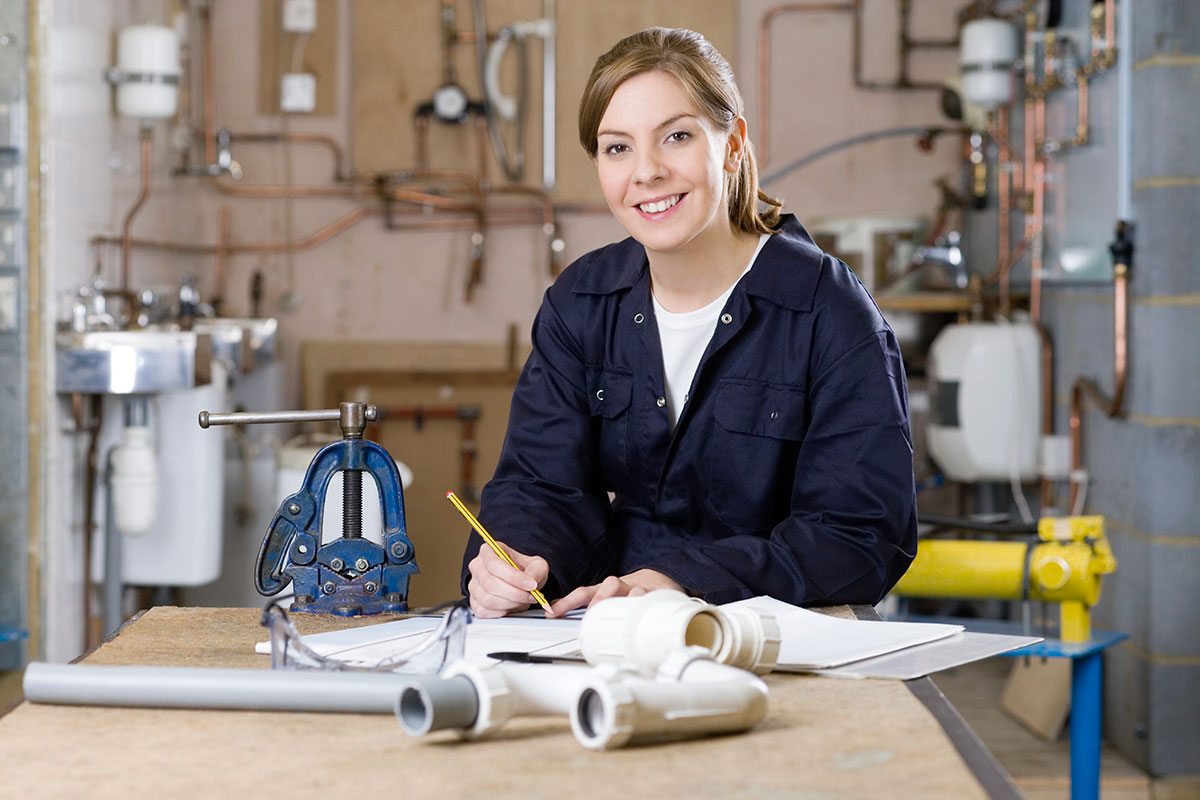
Plumbing is a vast field, and there’s always more to learn. Stay proactive by educating yourself through online resources, books, or workshops. The more you understand about plumbing, the better equipped you’ll be to handle everyday issues and make informed decisions about your home’s plumbing system.
In conclusion, plumbing basics are not as daunting as they may seem. With the tips and knowledge provided in this guide, you can confidently tackle common plumbing problems and potentially save time and money by addressing them yourself. Remember, practice makes perfect, so don’t hesitate to dive in and apply your newfound plumbing know-how.
Keep these tips in mind, and you’ll be well on your way to becoming a DIY plumbing enthusiast. Happy plumbing, and may your pipes flow smoothly!
Please note: While these tips can help you handle common plumbing issues, always prioritize your safety. If a problem exceeds your comfort level or requires professional expertise, don’t hesitate to contact a licensed plumber for assistance.

